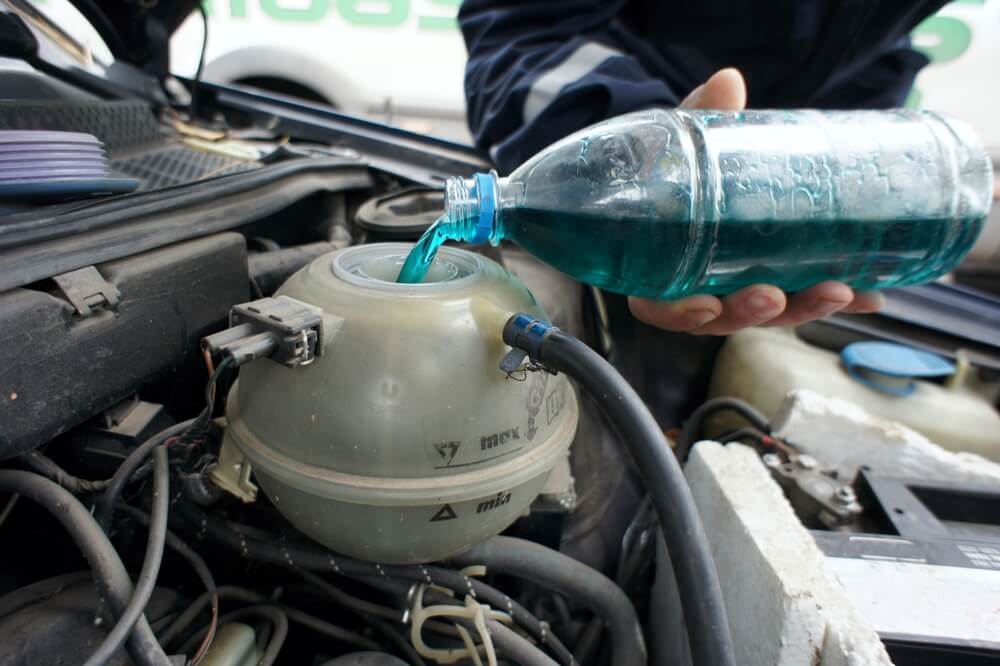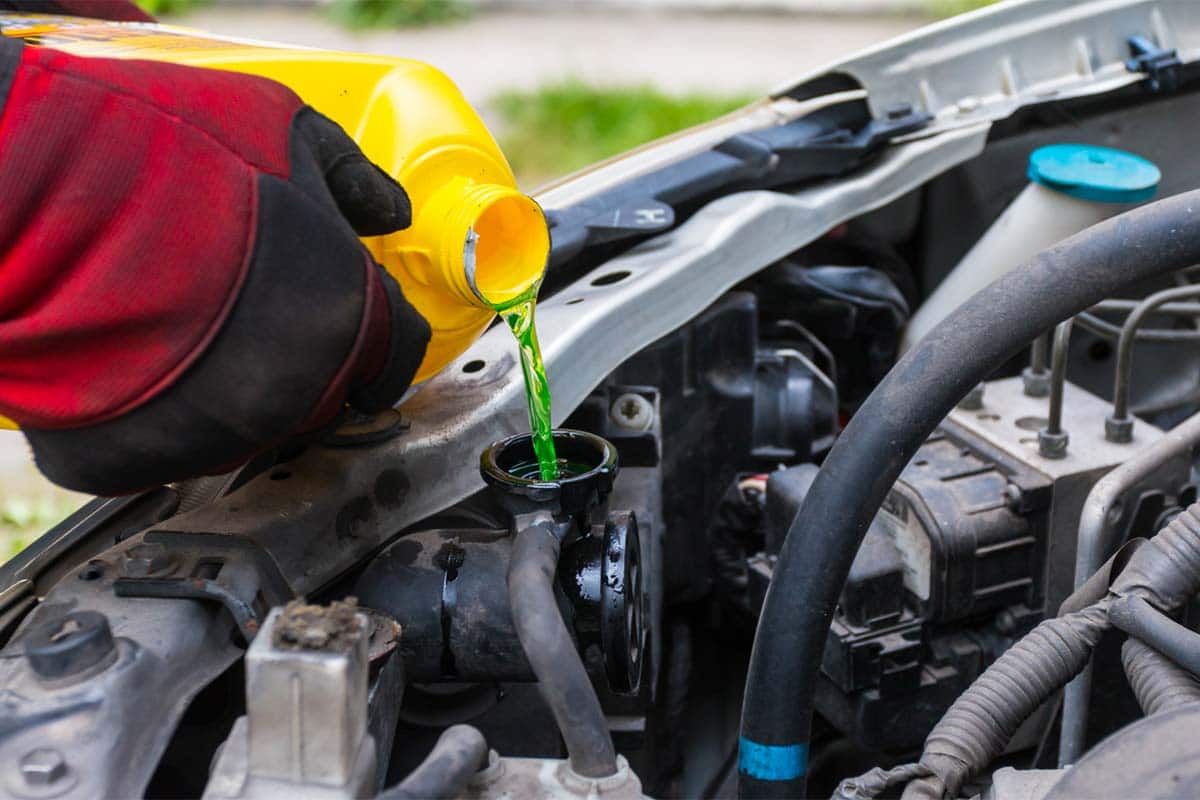If you’ve ever driven a vehicle that didn’t quite feel right, chances are, it was due to the fact that the cooling system had failed. While you might be able to replace a radiator yourself, doing so is something that most people just don’t take time to do. And while they may not realize it, having a problem with a vehicle’s engine can cause much more than a bad smell.
Even if you aren’t in the market for a new vehicle, you probably know someone who is. For example, you may have heard that a friend has recently purchased a car and would love to tell everyone how amazing their new ride is. Unfortunately, there’s only one thing standing between them and a great story: their car’s coolant level.
In order to keep things running smoothly, vehicles need to be properly maintained. As part of routine maintenance, the manufacturer recommends checking fluid levels every 30,000 miles or six months (whichever comes first).
Can You Just Add Coolant to Your Car?
The car is a source of great enjoyment for many people. However, the engine of the car needs to be well maintained. There are different kinds of maintenance that need to be done in order to maintain the car. One of the most important maintenance is the car coolant.
Coolant is the liquid that is used to cool the engine of the car. When the car runs on air, it needs to be cooled by the water. The coolant is kept in a container and if it gets too hot, then it will leak out of the container and thus the engine will get damaged. This is the reason why you need to know how much coolant is left in your car.
There are different methods to check how much coolant is left in your car. One of the easiest methods is to use the coolant level gauge. You can see the coolant level gauge in the dashboard of your car.
How Do I Know If My Car Needs Coolant?
Most cars have two systems: the engine and the radiator. If either of these components fails, you’ll need to replace them. However, it’s important to understand why they fail before making a purchase. The first thing you should do is to check to make sure that there isn’t a leak. You can do this by checking the oil level and the water temperature gauge.
You should also look at the fluid levels in the cooling system. You can use the dipstick to measure the amount of liquid inside.
Next, you should try to figure out what type of fluids are being used. For example, you could ask your mechanic about the kind of coolants that he uses.
Finally, you should consider asking yourself if you’ve had any problems with your car in the past. This is because most vehicles are designed to last for a certain number of years. Therefore, if you start having issues after just one year, it’s likely that something has gone wrong.

How Long After Putting Coolant in Can I Drive?
When you fill up your car with antifreeze, you should be careful to check the level. If you don’t, then you could end up filling up the tank completely. This is why you need to make sure that the fluid levels in your vehicle are correct.
If you’re looking for a way to know how much coolant you have left, then you’ll want to look at the coolant gauge. However, this isn’t always accurate. You may find yourself wondering whether or not you can actually use the coolant in your car without running into any problems.
The good news is that you can. In fact, it’s perfectly safe to put more than 50 percent of the coolant in your engine. The bad news is that you shouldn’t do this unless you are a professional mechanic.
You might also find yourself thinking about whether or not your car will start up again. When you first fill up the coolant, you’ll notice that there is an immediate change in color. However, if you leave it in for too long, then you will lose some of its ability to keep things cold.
How to Put Coolant in Car
If you want to keep your vehicle running smoothly, then you need to make sure that you have the right type of oil.
When you’re buying an oil, you’ll need to look at its viscosity. Viscosity refers to how thick the liquid is. The higher the number, the thicker the fluid will be. You also need to take into account the temperature of the engine.
You can use the following chart to determine what the ideal viscosity is for each type of oil:
Olive Oil: 5-7cps
Soybean Oil: 10-15cps
Corn Oil: 15-20cps
High Quality Motor Oils: 20-30cps
If you aren’t sure where to start looking for the correct kind of oil, then you may want to consider using a quality motor oil.
The reason why you might want to do this is because it’s much cheaper than high-quality synthetic oils. In fact, many people choose to go with these types of oils instead of more expensive ones.
